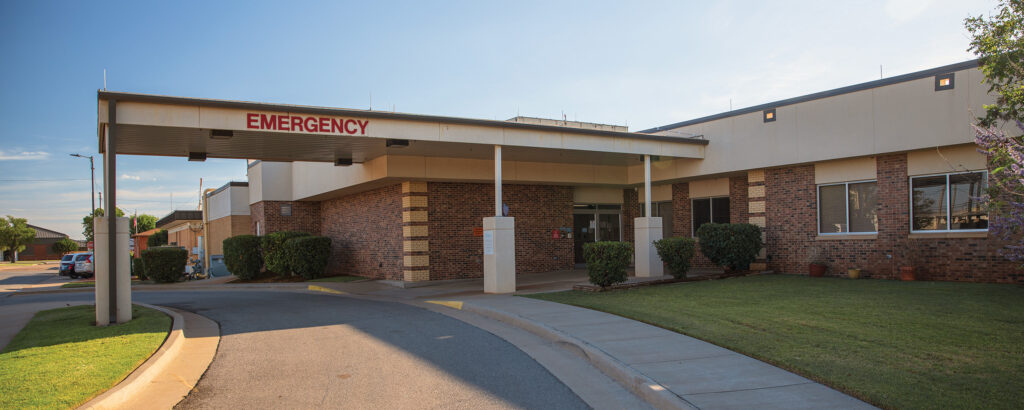How far is too far when urgent care is required?
By Caylie Holman, Oklahoma Farm Bureau assistant director of public policy

Oklahoma farmers and ranchers have long realized the growing disparities between rural and urban access to health care. With the sudden onslaught of the novel coronavirus, which upended our society to nearly unrecognizable levels within a matter of weeks, the stark reality of the growing inequalities between rural and urban communities’ ability to access health care has arguably never been more evident.
Rural communities are not only home to large populations of elderly residents, but they also have a significant number of individuals with hypertension, heart disease, diabetes and respiratory diseases. Both the elderly and those with underlying health conditions have been placed in a high-risk category for severe illness caused by COVID-19.
Rural Oklahoma, which accounts for 34% of the state’s population, has shown a cumulative death rate of 9.6% compared to a rate of 8.78% in urban Oklahoma. Unfortunately, rural communities have also seen growing hospital closures with 128 rural hospitals in America shuttering in the last decade.
Farm Bureau members have long-held policies advocating for improved access to quality and affordable health care for rural Oklahomans through maintaining rural hospitals and incentivizing health care providers to locate to rural areas. Hospital closures not only widen the gaps in cost, provider options and service availability, but they also uproot an economic anchor in their communities.
As one of the main sources of private-sector jobs, communities that have seen hospital closures have also dealt with residents moving elsewhere for work, taking their tax dollars with them.
COVID-19, which poses a higher threat to rural populations, has revealed the critical need for a significant investment increase in rural health. Before COVID-19, rural communities nationwide saw an average mortality rate increase of 6% following a rural hospital closure, based on data from the National Bureau of Economic Research. Now, with the need to remain prepared for potential future pandemics, adequate investment in the health care infrastructure of rural communities is imperative for the continued well-being of the rural way of life.
While rural hospitals were designed for primary care such as outpatient testing, broken bones and immunizations, patients seeking treatment for COVID-19 require intensive care, specialized drugs and ventilators. This primary care hospital model, coupled with a severe shortage of infectious disease experts and a lack of funding to combat a crisis of this level, causes great concern for rural residents who may have to travel considerable distances to access appropriate care for themselves or a sick loved one in a future pandemic.
In the months since the pandemic hit the U.S., the sudden switch to telemedicine has transcended the rural-urban divide.
While rural residents have long sought out telemedicine options when local care is not an option, urban and rural residents alike turned to telemedicine during the pandemic as the only way to access health care providers while hospitals and other medical offices were closed to nonemergency patients to conserve personal protective equipment and prepare for a possible surge in critical patients.
Farm Bureau has supported trained personnel in rural hospitals who are assisted by telemedicine options in a larger health care facility for several years. The pandemic has forced a wide scale rethinking of access to care, resulting in a major shift from brick-and-mortar health care facilities to telehealth options in both rural and urban areas. The now-realized benefit of increased flexibility in access to care will likely mean patients will not fully revert to in-person appointments in the post-COVID world.
Oklahoma Farm Bureau believes in accessible, quality care that prioritizes patient safety. Our organization remains committed to improving affordable access to health care by supporting legislation and rules that allow for eased restrictions on well-equipped providers such as nurse practitioners and certified registered nurse anesthetists.
